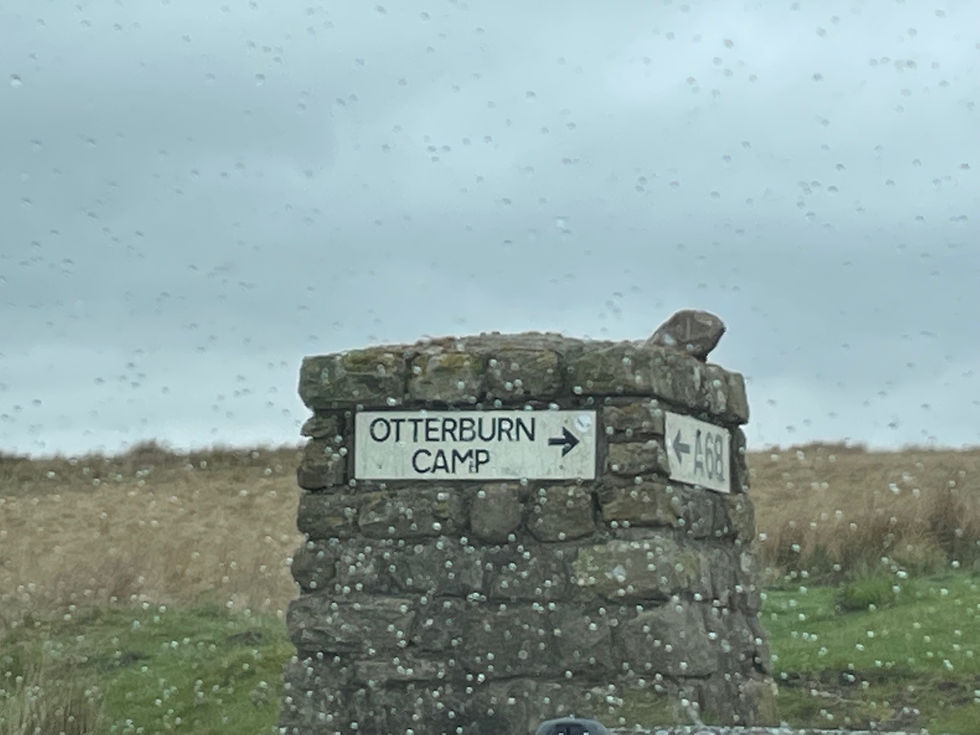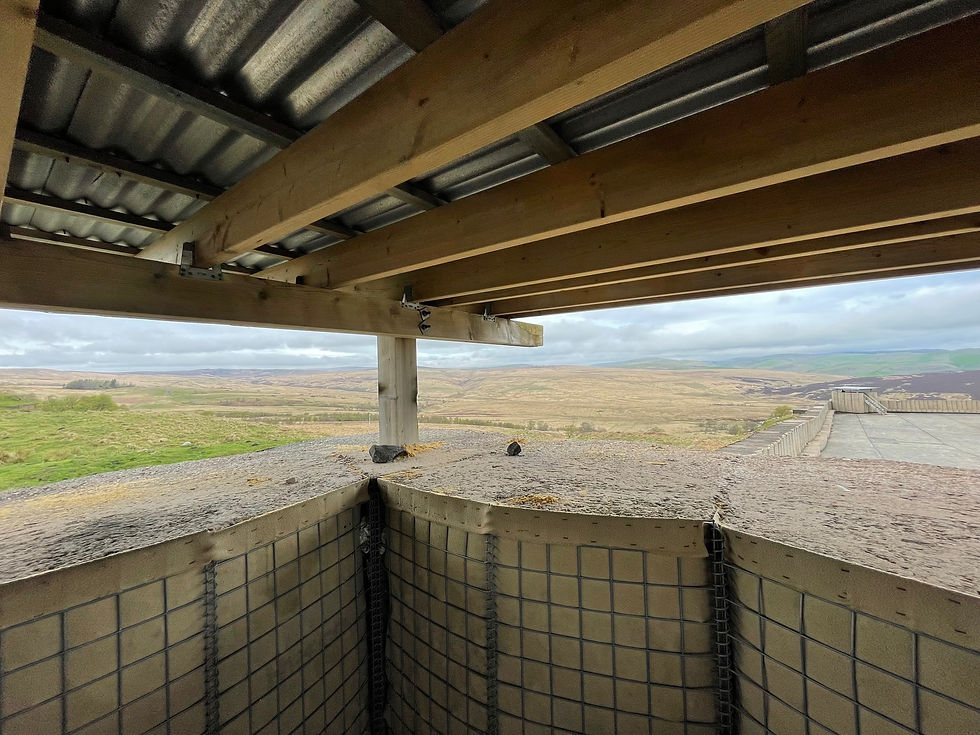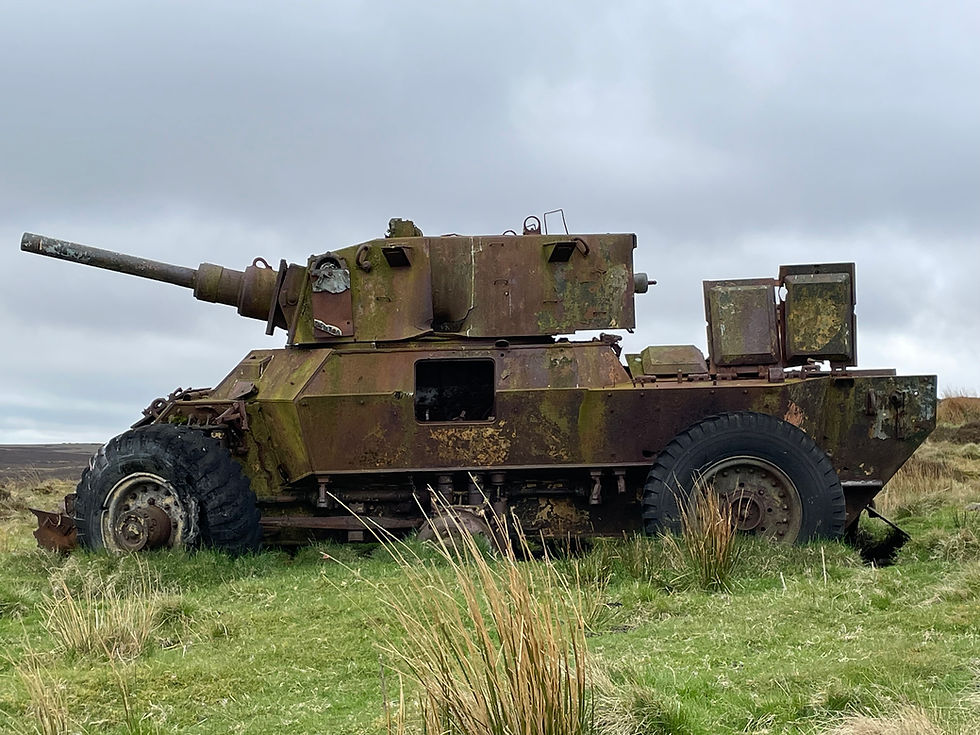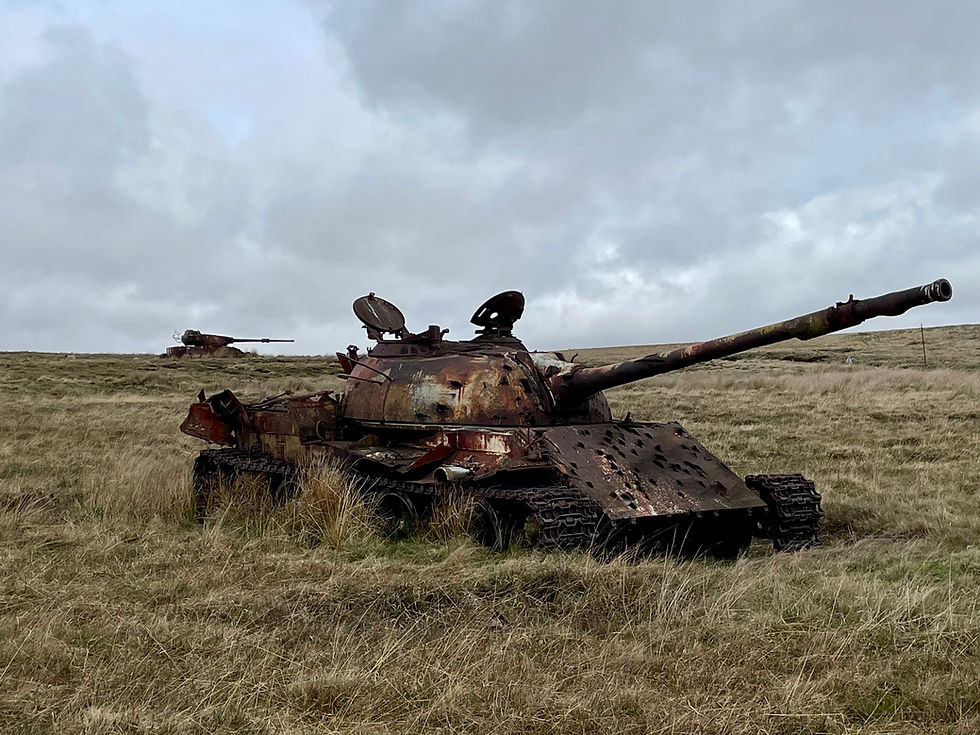The Otterburn Ranges
- Norham Life
- May 6, 2022
- 2 min read
When my partner (aka Social Secretary) asked if I would like to see the tanks at the Otterburn Ranges on an organised trip I accepted without hesitation. Even better, this trip was free of charge. A massive thank you to Ian Glendinning of the facebook group/website Hidden Northumberland for organising the trip.
There were limited spaces (about 15) and this particular event runs annually.
Before I go any further please read the following information. This was an organised trip which had a military escort. The Otterburn Ranges is a controlled access area. Do NOT wander into the range areas as per the image below. At the entrance gates there were security dogs, numerous security cameras and drones monitoring the area.


Our military man who I shall refer to as 'P' was amazing and very informative. Safety was paramount and he advised us if we touched anything we would be ejected from the ranges. Fortunately no one was.
When asked if we could take photos his response was 'absolutely!' Having said that I am not sure of the legalities of photographing the M.O.D so always check!

Our escort vehicle for the day.
There are numerous resources online such as,
https://www.northumberlandnationalpark.org.uk/places-to-visit/north-tyne-redesdale/otterburn-ranges/
which give information about which areas can be accessed and when the ranges are active.
There are marked footpaths/roads through parts of the estate which can be enjoyed by walkers, cyclists and horseriders.
The Otterburn Range is the second largest firing range in the country using live ammunition and has been active since 1911. Soldiers were trained in trench digging and warfare, and only a few years later some would have experienced the unimageable horrors of WW1. Below is an image I took of some of the training trenches that still exist.


One such brave man, Daniel Laidlaw who survived WW1 is buried in Norham Church yard. Search this site for more information.
After leaving the security check point the first location we visited was a strategic camp overlooking tanks in the distance.



If you look closely in the image below you can see tanks scattered over the countryside which are target practice.

The next location was to see the tanks close up. Again by changing the images to black & white they are more atmospheric.

This Chieftain tank would have weighed about 60 tons which is about 20 more than a 6 axle HGV lorry!

The VRN '11 FD 39' can be traced online as a mk 5 Chieftain Tank.
Most of the paint work has worn of the target tanks but they would have originally Chinese eyes painted on them which is a tradition dating back to 1917. This emblem has been adopted by the Royal Tank Regiment and is unique in the British Army. See the below link for further information.



Rather poignant, A Soviet era tank.....



Tank 03 EB 61 a mk2 Chieftain.

A good reason (apart from not being allowed) not to pick anything up!


Apart from military activities there are over 30 farms on the ranges (no firing takes place in the lambing season) and there are areas of forestry which are managed for timber.
The Roman road, Dere Street (71-81 AD) crosses the north west section of the training area. There are also various earthworks of Roman Camps in the area.
More from the Discovery series coming soon.....




Comments